Banning Alcohol Increases Drug Abuse
September 29, 2015 in Daily Bulletin
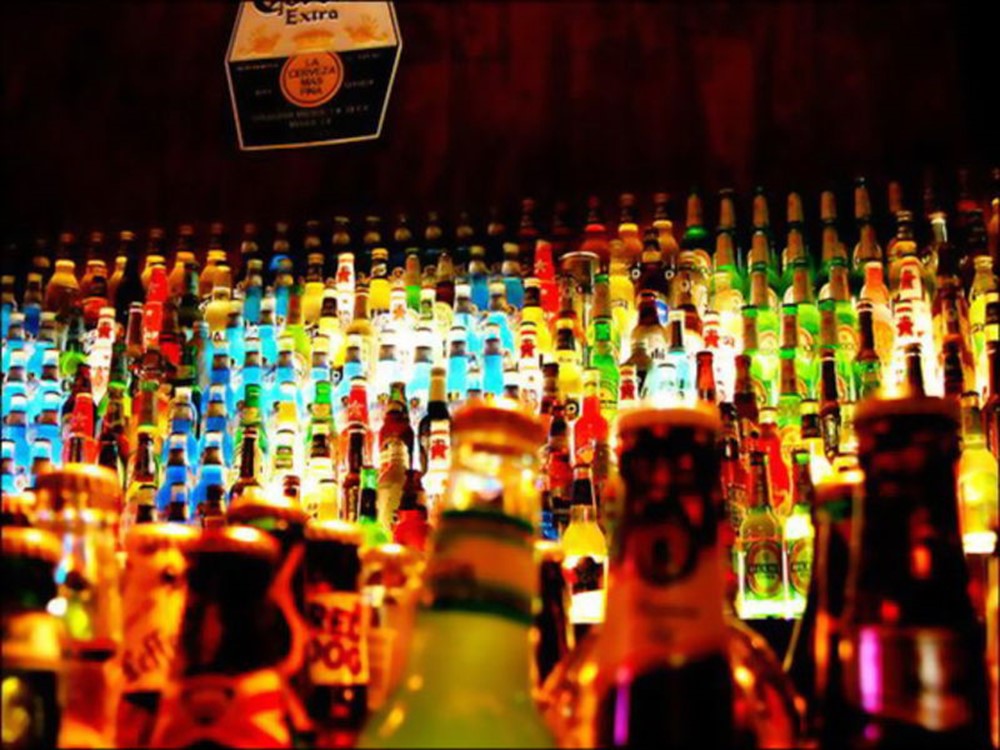
Christopher Ingraham reported on a study about drug abuse:
- “Dry” counties – places where the sale of alcohol is banned outright – seem to have more meth labs than “wet” ones.
- This could be because those who break the law to buy alcohol anyway may also be more likely to consider breaking the law to purchase meth.
- The evidence indicates that removing the ban on alcohol could reduce the number of meth labs by as much as 25%.
- This means that, in a twist on conventional wisdom, banning alcohol becomes a gateway to harder drugs.
- There are other areas where such bans have unintended consequences. Dry counties have higher DUI related crashes than wet ones – likely because you have to go further to get your alcohol.
- They are also more likely to have high rates of binge drinking.
Read more about the study, its conclusions, what happens when you merely restrict the sale of alcohol, and other fascinating insights here.
Source: The Washington Post

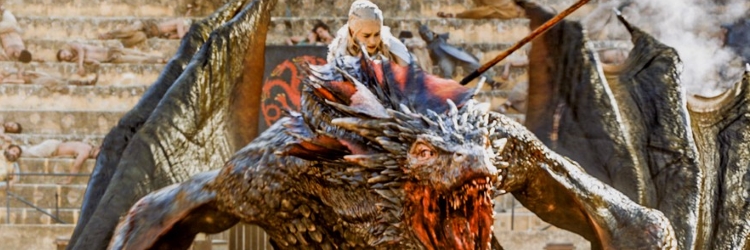






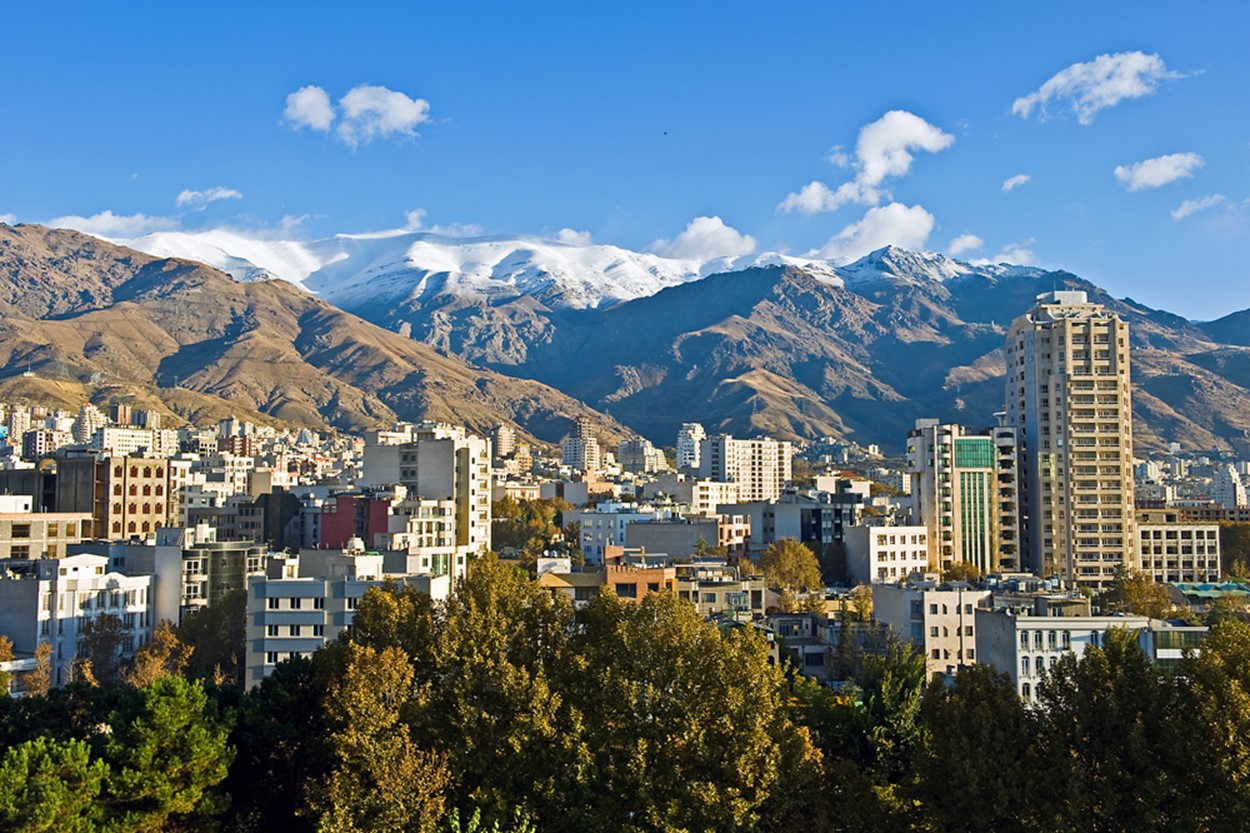
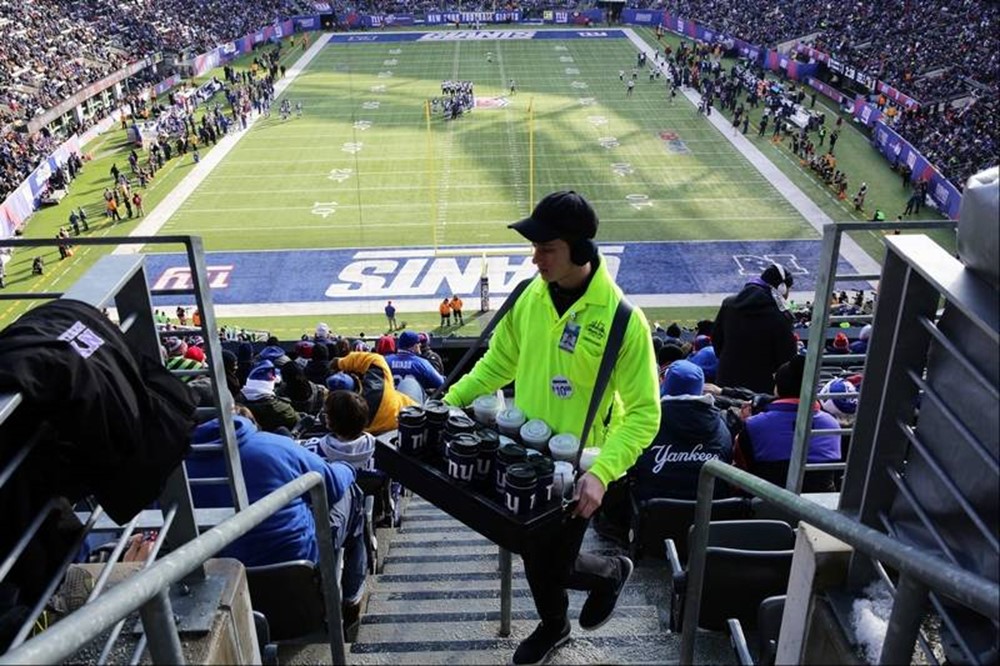
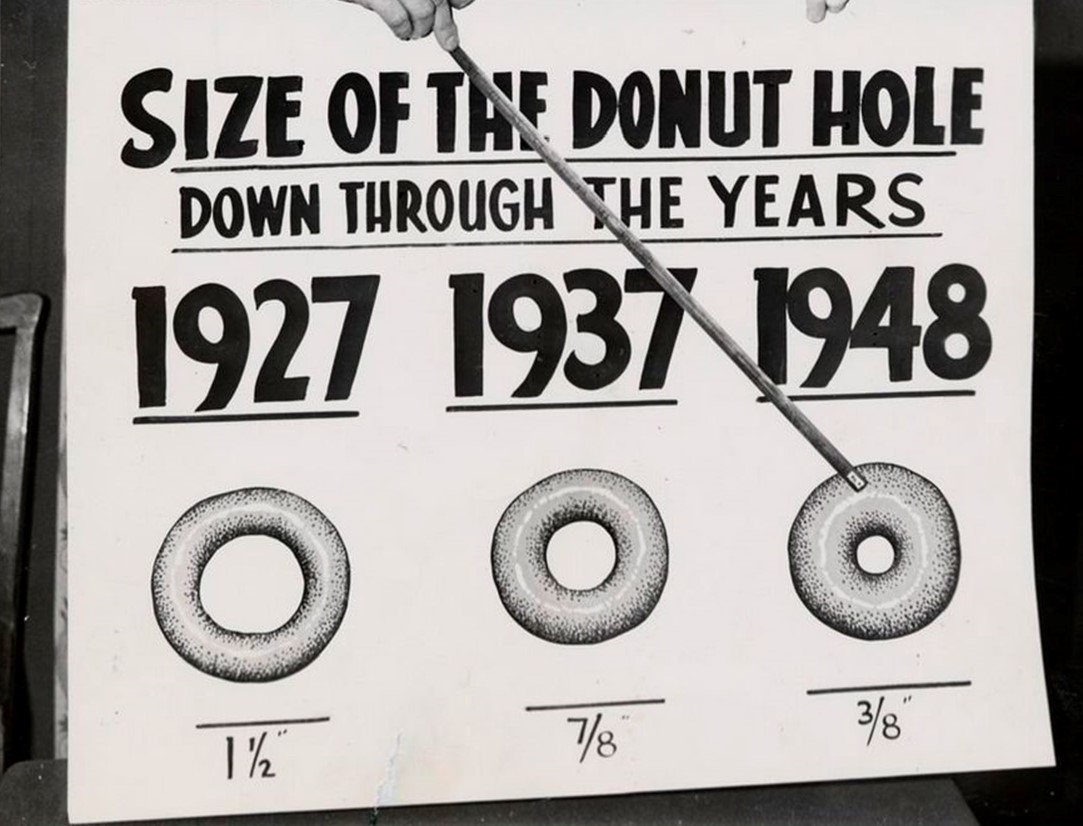
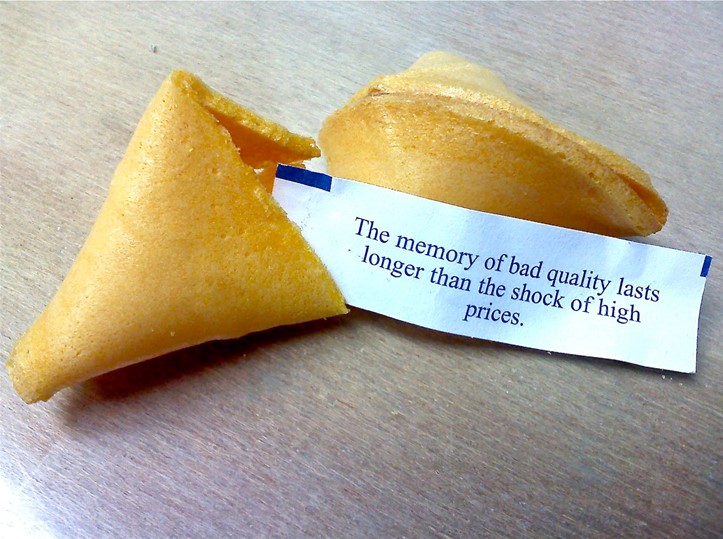





Join the Discussion! (No Signup Required)